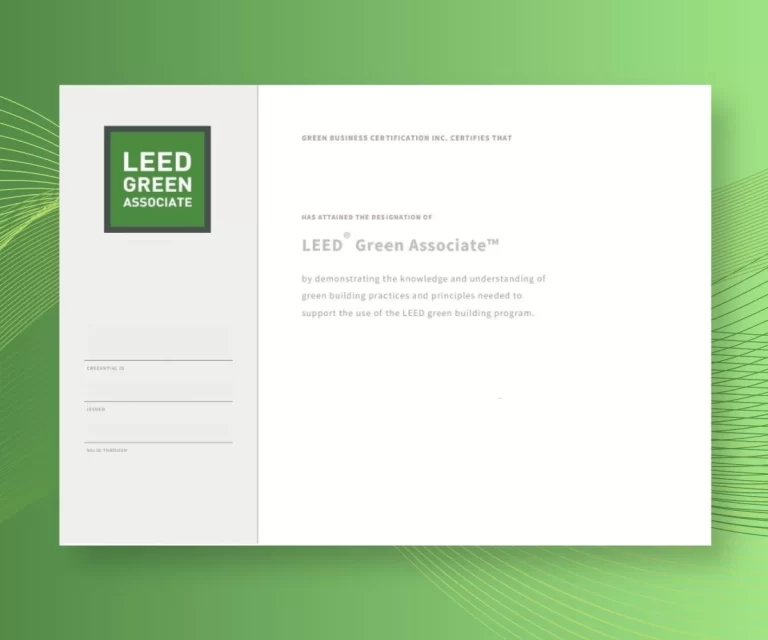Leadership in Energy and Environmental Design (LEED) was developed by the United States Green Building Council (USGBC) as a system for labeling environmentally friendly and energy-efficient structures. The program’s goal is to promote environmentally responsible building practices from LEED AP specialities to conceptualization through the completion of a building project.
In order to become a LEED AP, one must first become a LEED Green Associate, the first level of accreditation available. At this point, you should have a fundamental familiarity with such green construction techniques as LEED grading systems, sustainable design ideas, and energy and water efficiency.
Being a LEED Accredited Professional (AP) displays an even greater degree of knowledge and skill in green building methods than the Green Associate level does.
Different LEED AP specialties:

LEED AP BD+C: Building Design and Construction
The emphasis in this field is on the planning and building processes. Experts in sustainable design, LEED AP BD+Cs are invaluable in making sure that construction projects are up to code for LEED certification.
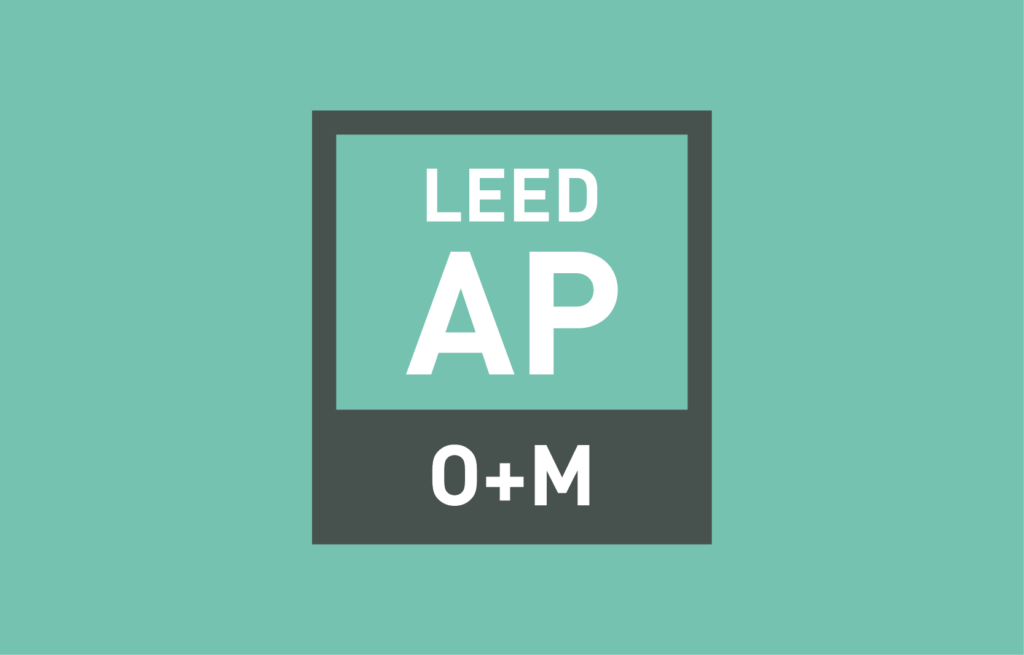
LEED AP O+M: Operations and Maintenance
This subfield is concerned with the care and upkeep of already constructed structures. In order to make their facilities more environmentally friendly and cost-effective, building owners and managers may benefit from the assistance of LEED Accredited Professionals in Operations and Maintenance (LEED AP O+M)

LEED AP ID+C: Interior Design and Construction
Green building and environmentally friendly decorating methods are the emphasis of this topic. Interior design and construction experts with the LEED Accredited Professional in ID+C credential may aid in making such efforts.
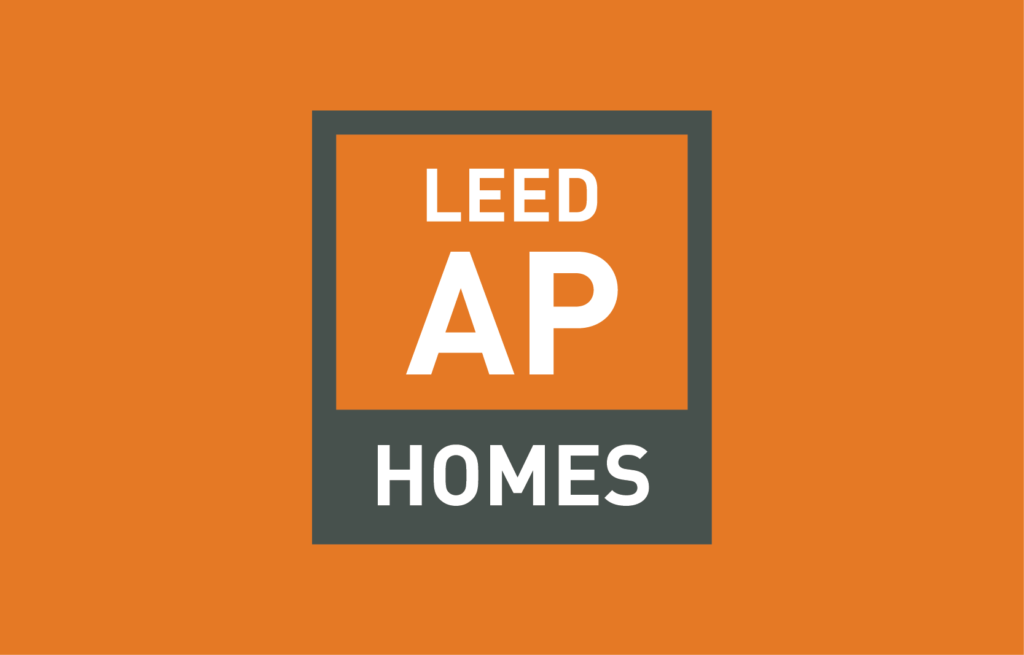
LEED AP Homes
As the name implies, this subfield is concerned with building and designing eco-friendly homes. Those who have earned the LEED Accredited Professional for Homes credential are well-versed in sustainable design and construction techniques for both detached and attached dwellings.
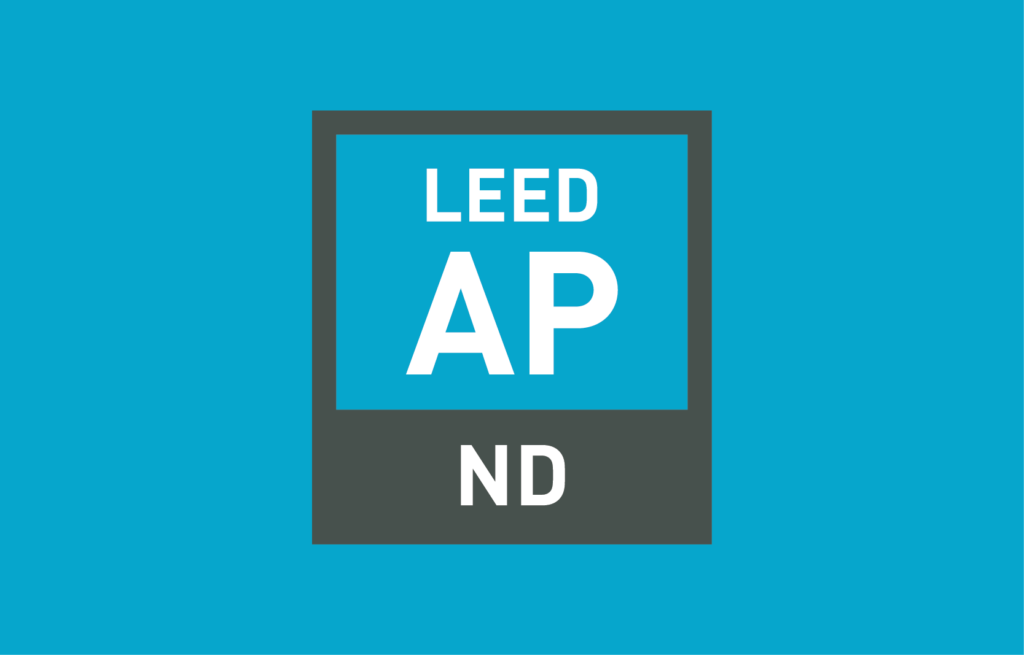
LEED AP ND: Neighborhood Development
Community revitalization that won’t deplete resources is the emphasis of this area. Professionals with the LEED Accreditation for Neighborhood Development (AP ND) are well-versed in green construction principles for whole neighborhoods and may aid in the creation of sustainably-minded communities.
Each of these subfields calls for its own unique set of skills and understanding of sustainable design principles. Earning the LEED Accredited Professional designation shows that you care about environmental preservation and sustainability, making you more marketable to employers in the architectural and engineering fields.
LEED Accredited Professionals (LEED AP specialities) are valuable members of any project team because they can contribute both their experience and creativity to LEED projects, earning them additional points. In the field of architecture and engineering, the LEED certification is highly sought after since it may lead to better employment prospects and greater pay.
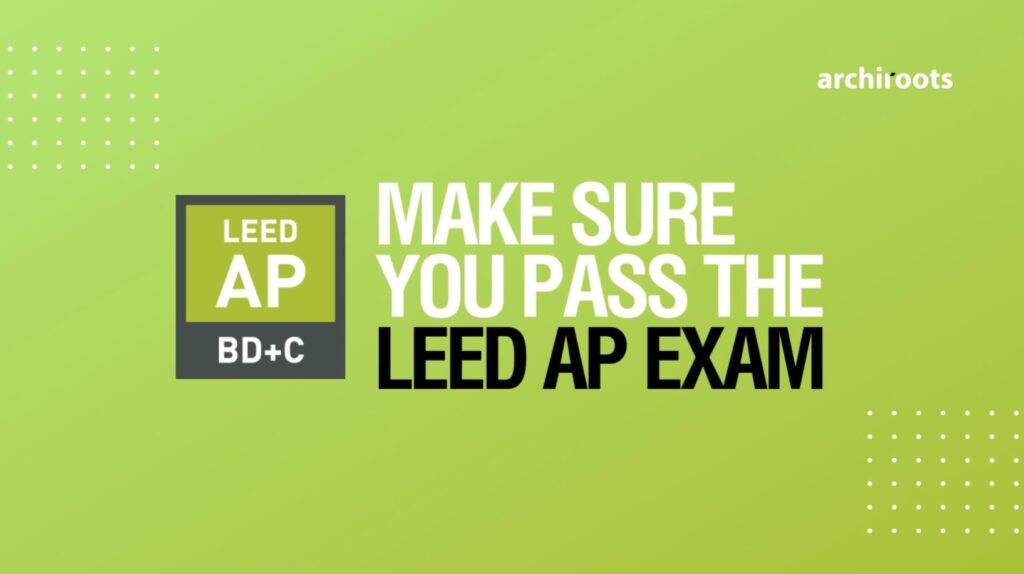
Archiroots provides training courses for those who want to take the LEED Accredited Professional examinations. For anyone interested in becoming a LEED Accredited Professional (BD+C), we provide a free introductory course to get them started on the route to certification. Helping people acquire the skills they need to become a LEED Accredited Professional (AP) is one of our primary goals, since we believe that more sustainable communities can only benefit everyone.
There is a significant need for LEED Accredited Professionals (APs) in the construction sector. Gaining this certification displays a commitment to excellence in green construction methods, which is becoming more vital as the world shifts its attention to environmental conservation and responsibility.
In-depth familiarity with the LEED rating system, including the credit categories and standards for each rating system, is a prerequisite for becoming a LEED Accredited Professional (LEED AP). They are well-versed in sustainable design practices, including those that maximize resource conservation, water efficiency, and indoor air quality. Their knowledge and experience in the field enable them to advise and direct their project teams, paving the way for more eco-friendly building design, construction, and operation.
Even points are awarded under the innovation category in LEED for a LEED AP working on LEED projects, and these points may be used to advance a project to a higher certification tier. Gaining these bonus points requires a clear display of superior knowledge and creative approaches to sustainable design. As a result, a LEED AP become invaluable members of project teams and may be eligible for a better job and pay prospects.
One might choose to specialize in a particular facet of sustainable design thanks to the several LEED AP specialities. As a result, they may hone their skills and provide superior service to their customers or patrons. Sustainable building design techniques may be the emphasis of a LEED Accredited Professional (AP) BD+C, while energy and water conservation in existing buildings may be the focus of a LEED Accredited Professional (AP) O+M.
Here at Archiroots, we provide courses for anyone who want to take the LEED AP tests in a simplified, straight forward learning experience. To help professionals earnt the LEED AP BD+C, we provide a free introductory course, and our training programs are geared to make certification as easy and quick as feasible.

